India’s first Fashion Week celebrated its silver jubilee earlier this year. Under this spotlight, fashion, fantasy, and flair have come together time and again for the past two decades in a way that has altered the way the world views Indian fashion.
In August 2000, the first edition of Lakmē India Fashion Week (LFW) was hosted in New Delhi, organised by the then newly-formed Fashion Design Council of India (FDCI). Featuring 33 designers, the runway witnessed a walk-through of wearable art reflecting the creative masterminds’ design DNA.
Charting the Course
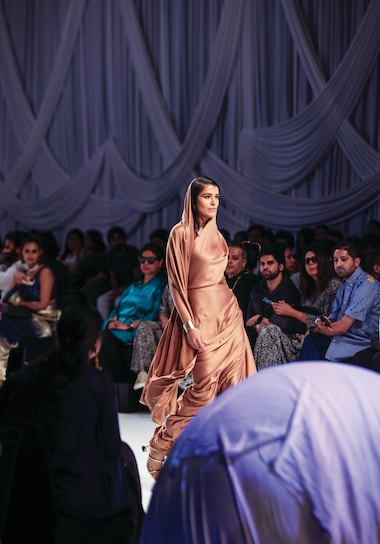
The early fashion weeks witnessed the rise of designers who would go on to become stalwarts of Indian fashion. Sabyasachi Mukherjee, for instance, debuted at LFW in 2002, captivating audiences with his intricate designs that paid homage to India’s rich textile heritage. Similarly, JJ Valaya’s opulent creations and commitment to reviving traditional embroidery techniques have positioned him as a custodian of India’s sartorial legacy.
Since that first seminal show in 2000, India’s fashionscape has been witness to a thriving calendar of fashion weeks that cater to diverse segments of the industry. A pivotal moment in this evolution was the union of two of India’s premier fashion entities, FDCI and Lakmē Fashion Week. While Lakmē Fashion Week (now Lakmē Fashion Week x FDCI) continues to be a pioneer of new-age and ready-to-wear fashion, other platforms like India Couture Week, India Runway Week, Blenders Pride Fashion Tour, and Bombay Times Fashion Week add depth to the country’s sartorial narrative.
Where Ideas Take Flight
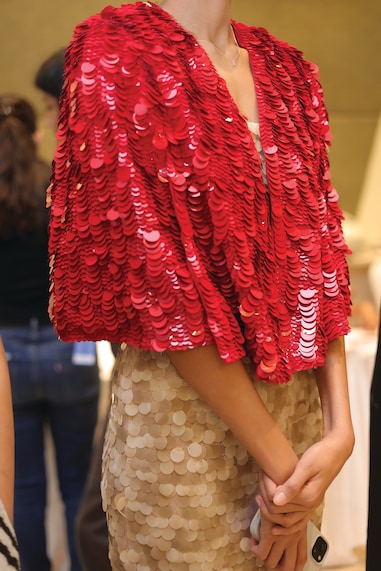
While Fashion Weeks began as a way to highlight emerging and established designers, they’ve since turned into platforms where designers dare to experiment. The early aughts marked a turning point – an era where innovation was not only encouraged but expected. Shweta Kapur of 431-88 notes, “Lakmē Fashion Week has played a huge role in that – it’s given designers a stage to explore craft in a way that feels current. Whether it’s pushing traditional techniques through a more global lens or simply offering visibility to regional voices, it has allowed Indian craftsmanship to evolve without being boxed into nostalgia.”
Delhi-based designer Rajdeep Ranawat, who made his debut in 2008 at Wills Lifestyle India Fashion Week, shares, “LFW is definitely the epitome of all fashion weeks in India, and when it comes to serious PR and launches of any new talent in the industry, this platform surely justifies what it promises to the designer and the viewers as well.”
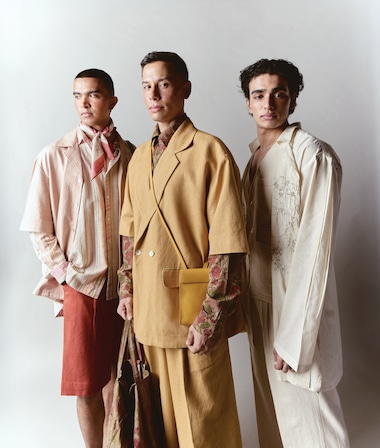
But it wasn’t just the designers who told new stories. Set designers, makeup artists, hairstylists, and an entire ecosystem of creative collaborators brought visionary concepts to life, collectively retracing the boundaries of innovation. Over the years, the focus has shifted towards creating immersive experiences that go beyond displaying collections, incorporating first-of-its-kind productions, thematic sets, innovative choreography, and technological integrations that aim to engage the audience on a deeper level by creating a world within that edition of fashion week.
That sense of innovation continues to evolve, becoming more democratic over the years in terms of who gets to participate, attend, or engage with fashion. “Fashion is more accessible than it used to be, and that’s a good thing. It’s no longer limited to a select group – more voices are being heard, and more perspectives are being included. The focus has widened, which helps push the industry forward,” affirms Shweta. Sharing a similar perspective, Rajdeep adds, “I’ve seen the change over the last 21 years of my career. It’s not about the amount of business a brand does, or how a brand can showcase a better collection and pull an excited crowd towards it, but it’s now varied, and you would expect even the most shuffled mix of brands to be showcasing.”
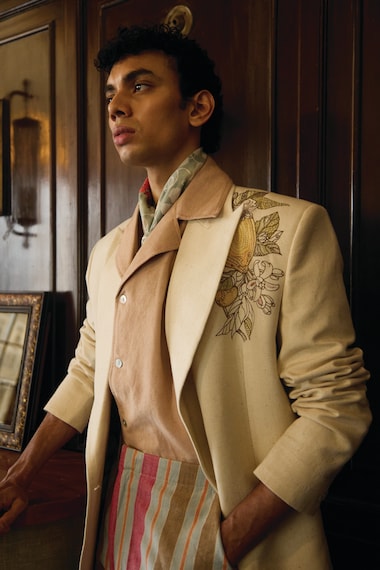
This welcome change is not just visible in terms of who gets to be the audience and who gets to showcase their craft. As the Indian fashion narrative matured, so did the faces that graced the ramp. Inclusivity is no longer just a buzzword – it has become a palpable shift, with the runways celebrating a diverse range of skin tones, body types, and championing better overall representation. One of India’s most prominent supermodels, Dayena Errapa, adds, “In terms of diversity, it’s definitely more open to everyone now. The rise of digital platforms, social media, and influencer culture has really expanded the market for people who once believed that only a certain body type, skin colour, or age could be part of the industry. People no longer feel the need to fit into a specific mould to be seen as a model.” A more diverse runway is only the beginning. “I also think there’s still work to be done in ensuring that this inclusivity is meaningful and not just performative,” shares Shweta.
The runway may be evolving, but the showstopping slot still reflects a lingering obsession with star power. Unlike international fashion weeks, where A-list appeal doesn’t dictate the runway, Indian fashion weeks continue to rely on Bollywood celebrities to command the spotlight. This concept, however, is now growing stale and can eclipse the designer’s work. “It’s become more about the overall showmanship and showstopper value than anything,” adds Rajdeep. The solution? Swapping celebrity-led spectacles for skilled models – the kind that enhance, not overshadow design.
The New Wave
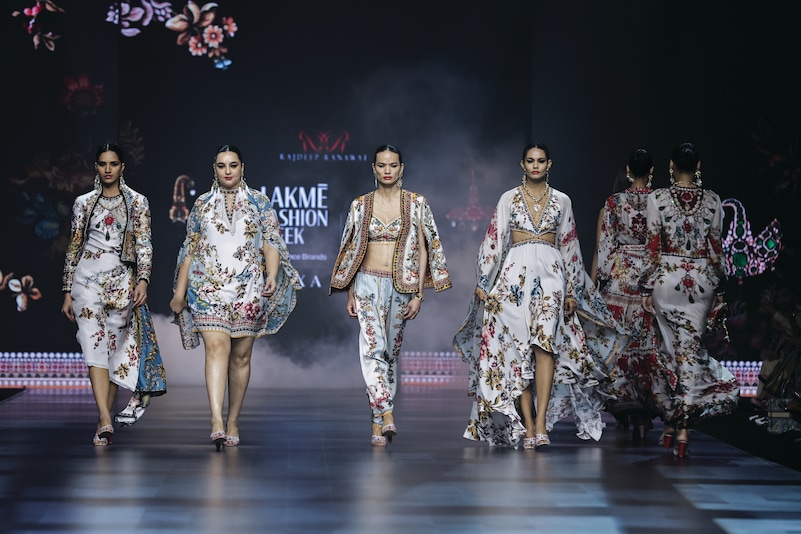
As one of the most dynamic platforms championing diverse voices in fashion, Lakmē Fashion Week, in collaboration with FDCI, serves as a launchpad for the fresh crop every season. Over the course of 39 editions, NIF Global’s GenNext Designer Program has been a stepping stone for more than 250 careers, ushering in a new era of inventiveness, time and again. Abhishek Shinde of Abhichiq, a brand that was part of the GenNext Designer Program this year, shares, “The most meaningful part of the program for me was the mentorship. It helped me see my brand’s voice, its purpose, and where it fits in. Having someone look at your work closely and guide you without changing your voice is quite a humbling experience.” Echoing this sentiment, Somya Lochan of Quarter – another emerging label spotlighted at the 2025 edition of Lakmē Fashion Week – adds, “The most formative aspect of that experience was definitely the mentorship.”
On how she carried the learnings of the program forward into her brand’s DNA, Lochan shares, “For the longest time, I was not sure how I would want to see Quarter’s womenswear range, but now I think I have a better understanding. The program allowed us to explore our personal version of power and sensuality and how we would want to project that within our design vocabulary; it’s a very valuable addition to the brand.”
With each new edition, Fashion Weeks in India continue to nurture creativity, challenge conventions, and reconstruct the way fashion is viewed and experienced in the country. Where does the Indian runway go from here? This journey is far from over – and if the past 25 years are any indication, the future is full of promise, power, and infinite possibility.
“There is space for being vulnerable and slow in this fast-moving industry. Your voice matters, but only if it is truly yours.”
– Abhishek Shinde